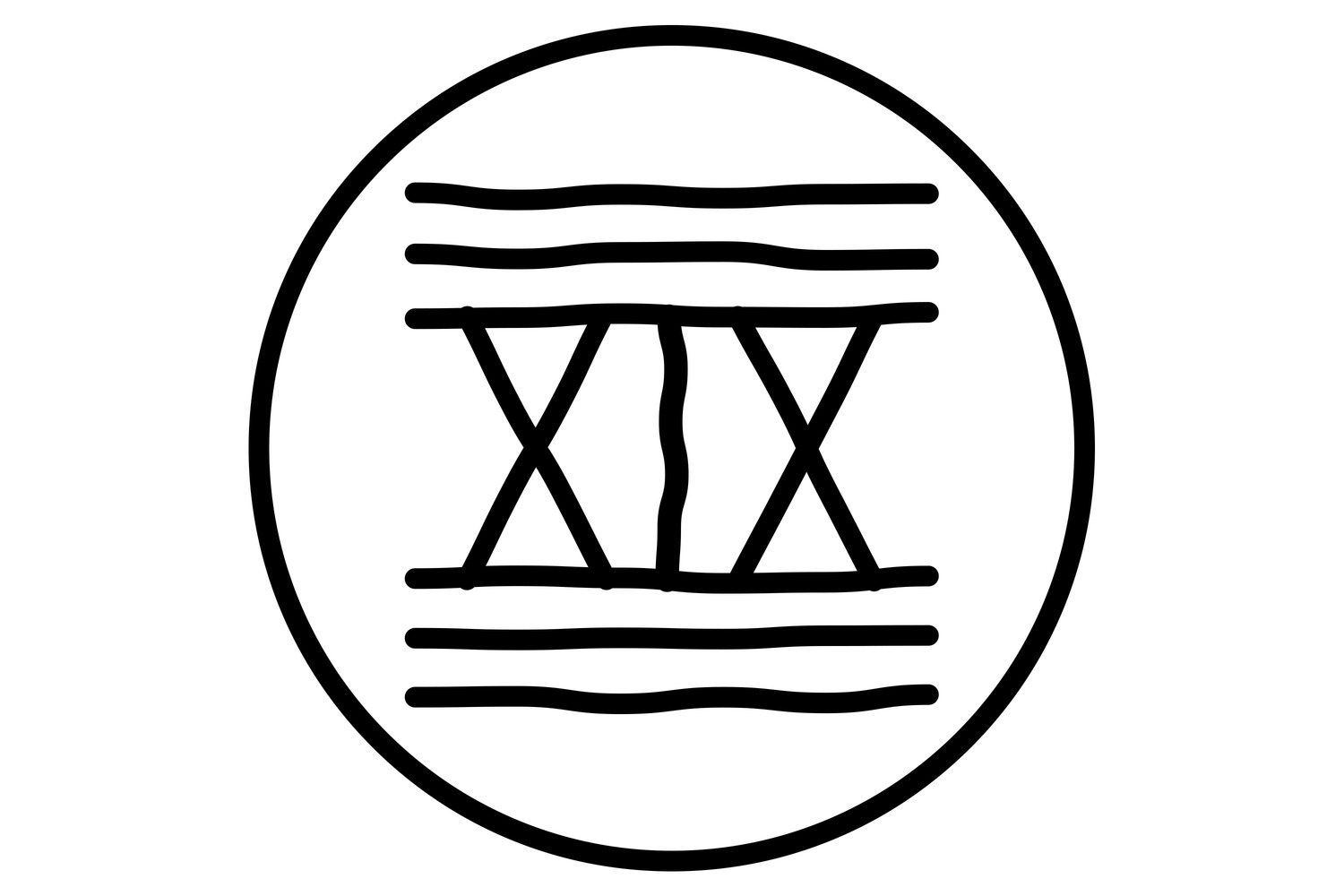Social media darling Medium is in trouble. The CEO wants you to believe that's because ad-supported media doesn't work. Really, it's because Medium offered brands the wrong ad products within the wrong content.
Medium calls itself "a network of thought" and "your daily news reimagined." It's actually a four-year-old network of blogs started by Twitter co-founder Ev Williams. This week the company shut down its ad offering and laid off 50 people. But Ev doesn't want the blame for Medium's failures. He'd rather you focus on what he calls the "broken" ad-driven publishing model.
The ad-supported media model isn't easy, but it can certainly work. Google and Facebook started out like Medium and grew into ad-supported powerhouses. Media giants like Bertelsmann and 21st Century Fox generate most of their revenue from ads. So do small publishers like Digiday Media and Marketing Land.
So don't blame the ad-supported publishing model for these layoffs.
- Blame Medium's ad product. Advertisers pay for audiences and for results. But Medium attracts just 60 million monthly visitors, each of whom spends just 7 minutes per month on site. (Tumblr's at least 10 times bigger.) Worse, Medium asked advertisers to buy sponsored stories that were only "loosely about" their brands and then measured results with unproven, CMO-unfriendly metrics like reading time. Brands simply had better ways to spend ad dollars.
- Blame Medium's content. Sure, Medium attracted some great contributors. But anyone can publish anything they want, and brands don't like advertising on sites that can't guarantee the quality of their content. That's why Tumblr can't sell ads. It's why micro-blog Twitter and proto-blog Geocities couldn't turn profits. And it's why Ev's previous blogging startup also laid off its entire staff. Selling ads on blogging networks has never worked.
Medium asked brands to buy bad ad placements inside scary content. That's the real reason its ad business failed.

